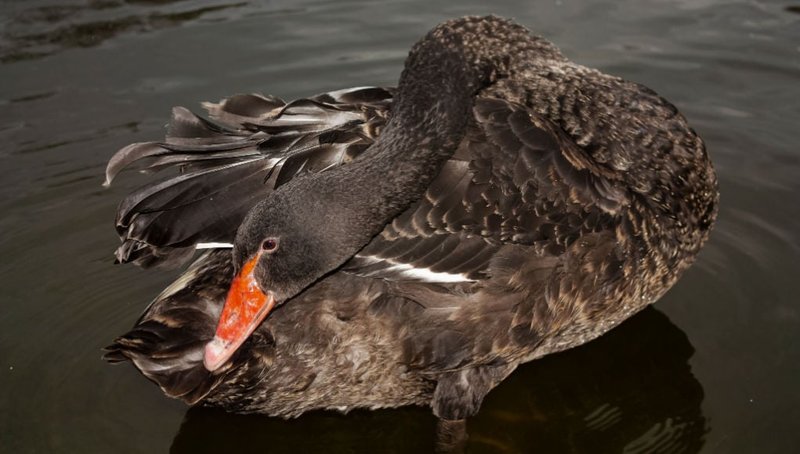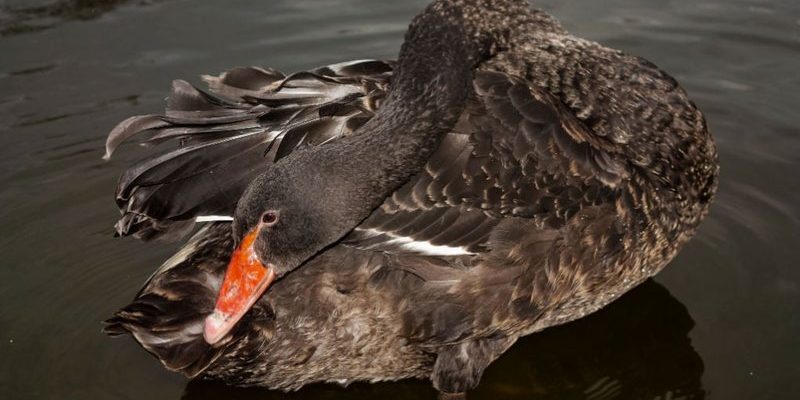
Imagine having a few ducks waddling in your backyard. They quack, splash in the water, and bring a bit of joy to your day. But, just like any pet, ducks can face health issues. Although they’re tough little birds, they’re not invincible. Learning about common duck diseases will help you spot potential problems early and take the right steps to prevent them. This is especially important for anyone who raises ducks or simply enjoys having them around.
So, let’s quack right into the details!
1. Avian Influenza
Avian influenza, or bird flu, is a viral infection that can affect ducks and other birds. While it often goes unnoticed in ducks, it can sometimes cause serious illness or even death. Think of it like a cold that some ducks can shake off, but others might not be so lucky. There are high-path and low-path strains, with the former posing a higher risk to your flock.
To prevent avian influenza, it’s vital to keep your ducks away from wild birds, especially during migration seasons. Wild waterfowl can carry the virus without showing any symptoms, so establishing a safe environment is essential. Make sure to maintain good hygiene practices, like cleaning feeding areas regularly and avoiding crowded conditions.
Also, monitor your ducks closely for any changes in behavior. Symptoms might include lethargy, coughing, or a sudden drop in egg production. If you notice anything unusual, consulting a vet is always the best course of action.
2. Duck Virus Enteritis
Duck virus enteritis (DVE), often called “duck plague,” is a serious viral disease that primarily affects ducks over a year old. It can spread rapidly through a flock, leading to significant losses. Picture it like a wildfire—once it starts, it can be hard to contain. Symptoms can include sudden death, loss of appetite, and blood in the feces.
Prevention is all about vaccination. Ensure your ducks receive the DVE vaccine, especially if they are in a high-risk area or around other birds. Keeping a close watch on your flock’s health is also essential. Should symptoms arise, isolating affected birds can help minimize spread.
Good biosecurity measures are critical as well. Limit access to your flock, and ensure that anyone who interacts with them practices good hygiene, like changing clothes and washing hands.
3. Coccidiosis
Coccidiosis is a parasitic infection caused by tiny organisms called coccidia. It’s particularly prevalent in young ducks and can lead to severe digestive issues. You might think of coccidiosis as an unwelcome guest that sneaks in and throws a party in your duck’s intestines. Symptoms include diarrhea, poor growth, and lethargy.
Preventing coccidiosis starts with good sanitation. Make sure your ducks’ living area is clean and dry, as moisture can encourage the growth of coccidia. Providing a balanced diet with proper nutrition can also boost their immune systems.
If you’re concerned about an outbreak, consider using medicated feed or coccidiostats after consulting a veterinarian. Regularly rotating grazing areas can also minimize exposure to parasites.
4. Bumblefoot
Bumblefoot is a common but uncomfortable condition that affects ducks’ feet, characterized by swelling or abscesses. You can think of it as a sort of foot “boo-boo” that can develop from rough or hard surfaces. Ducks often get it when they walk on sharp or uneven surfaces, which leads to injuries.
To prevent bumblefoot, it’s essential to provide soft bedding and a clean environment for your ducks. Avoid gravel or other sharp surfaces in their habitat. Regular foot inspections can help catch any issues before they escalate, so keep an eye out for any swelling or discoloration.
If you spot bumblefoot, treatment often involves cleaning the affected area and sometimes applying topical antiseptics. In severe cases, a vet may need to drain the abscess.
5. Respiratory Infections
Respiratory infections in ducks can stem from a variety of causes, including bacteria, viruses, and environmental stressors. These infections can be tricky to spot but can present symptoms like sneezing, nasal discharge, or breathing difficulties. You might think of them like a persistent cold that just won’t go away.
Preventing respiratory infections primarily involves maintaining a clean and dry environment. Ensure good ventilation in shelters to minimize dampness and excess ammonia levels from droppings. Stress can also heighten the risk of infections, so keeping your ducks comfortable and providing a stable environment is important.
If you notice any respiratory symptoms, it’s best to consult a veterinarian right away. Early treatment can often lead to a more favorable outcome.
6. Nutritional Deficiencies
Nutritional deficiencies can lead to various health problems in ducks. Just like a human wouldn’t feel well on a poor diet, ducks can suffer from a lack of essential nutrients. Common signs include poor feathering, stress, or developmental issues.
To prevent nutritional deficiencies, provide a well-rounded diet that includes quality duck pellets, grains, greens, and occasional treats. Ensuring they have access to clean water is also crucial for their overall health. Regularly evaluate your ducks’ diets and consult with a vet or an expert if you’re unsure about their nutritional needs.
Supplementing with vitamins and minerals might also be necessary, especially if you notice any signs of deficiency.
7. Conclusion
Keeping ducks healthy is a rewarding yet sometimes complex task. By understanding common duck diseases and how to prevent them, you’re equipping yourself with the knowledge to ensure that your feathered friends thrive. From avian influenza to bumblefoot, knowing what to watch out for can make all the difference in your flock’s health.
Remember, prevention is your best strategy. Regular health checks, a clean living space, and good nutrition work wonders. By taking the time to care for your ducks, you’re not just preventing diseases; you’re fostering a happy, vibrant environment for them to flourish. So, enjoy those quacking companions—there’s nothing quite like the joy they bring to our lives!

